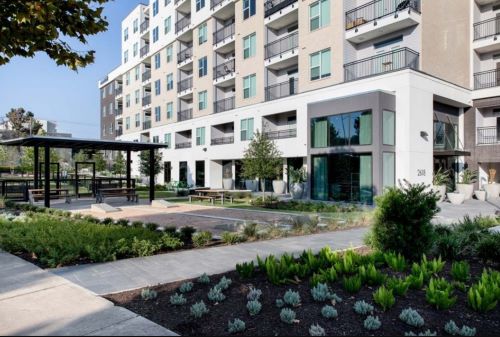

Effective property management plays a significant role in ensuring the long-term success and profitability of real estate investments. Whether you are a property owner managing your properties or a professional property manager overseeing a portfolio, following best practices can help you maintain high occupancy rates, keep tenants satisfied, and protect the value of your properties. We need resources such as those at Legal Docs to be sure legal documents we require are accurate and correct.
1. Thorough Tenant Screening
One of the most critical aspects of property management is selecting the right tenants. A thorough tenant screening process helps minimize risks such as late payments, property damage, and legal issues. Here are the key steps in the tenant screening process:
- Credit Checks: Conduct credit checks to evaluate the financial responsibility of potential tenants. A good credit score shows that the person in question has a history of timely payments and responsible financial behavior.
- Background Checks: Perform background checks to uncover any criminal history or past evictions. This important step ensures the safety and security of other tenants and the property.
- Employment and Income Verification: Verify the applicant’s employment status and income beforehand to ensure they can afford the rent. A common guideline to follow is that rent should not exceed 30% of the tenant’s monthly income.
- References: Contact previous landlords or references to get insight into the applicant’s rental history, behavior, and reliability as a tenant.
Implementing a thorough tenant screening process reduces the likelihood of problematic tenants and ensures a more stable rental income.
2. Clear and Comprehensive Lease Agreements
A well-drafted lease agreement is essential for defining the terms of the landlord-tenant relationship and protecting both parties. Consider the following elements when drafting a lease agreement:
- Duration and Rent Terms: Specify the length of the lease, rent amount, payment due dates, and acceptable payment methods. Include any provisions for rent increases.
- Security Deposit: Outline the security deposit amount, conditions for its return, and any deductions that may be made for damages or unpaid rent.
- Maintenance and Repairs: Figure out the responsibilities of both landlord and tenant regarding property maintenance, repairs, and routine upkeep.
- Rules and Regulations: Include rules regarding property use, noise levels, pets, smoking, and any other relevant policies. Clearly state the consequences of violating these rules.
- Termination and Renewal: Define the conditions under which the lease can be terminated by either party, notice periods required, and options for lease renewal.
Having a clear and detailed lease agreement helps prevent misunderstandings and legal disputes.
3. Regular Property Maintenance and Inspections
Regular maintenance and inspections are crucial for keeping properties in good condition and preventing minor issues from becoming major problems. Implement a proactive maintenance plan that includes:
- Routine Inspections: Conduct regular inspections of the property, both inside and outside, to identify potential maintenance issues. Quarterly or biannual inspections are common practices.
- Preventive Maintenance: Schedule routine maintenance tasks such as HVAC servicing, plumbing checks, and roof inspections. Preventive maintenance helps avoid costly repairs and prolongs the life of property systems.
- Prompt Repairs: Address maintenance requests and repairs promptly. Timely repairs prevent further damage and show tenants that their concerns are taken seriously, leading to higher tenant satisfaction.
- Landscaping and Curb Appeal: Maintain the property’s exterior, including landscaping, to ensure it looks well-kept and attractive. A property with good curb appeal attracts quality tenants and maintains its value.
Regular maintenance and inspections help keep properties safe, functional, and appealing to tenants. You can hire a dedicated Property Management Hobart team to help you stay on top of these key tasks.
4. Effective Communication with Tenants
Clear and consistent communication with tenants is crucial for building positive relationships and ensuring smooth property management operations. Here are some tips for effective communication:
- Welcome Packets: Provide new tenants with welcome packets that include contact information, maintenance procedures, payment instructions, and property rules.
- Open Lines of Communication: Make it easy for tenants to reach you or your property management team. Provide multiple channels for communication, such as phone, email, or a tenant portal.
- Prompt Responses: Respond to tenant inquiries and concerns in a timely manner. Prompt responses show tenants that you value their satisfaction and are committed to resolving issues.
- Regular Updates: Keep tenants informed about any changes or important information related to the property, such as maintenance schedules, policy updates, or upcoming inspections.
Effective communication helps build trust and fosters a positive tenant-landlord relationship, which can lead to longer tenancy and reduced turnover.
Final Thoughts Property management requires a combination of strategic planning, effective communication, and adherence to best practices to succeed. The above best practices not only protect your investment but also create a positive and welcoming environment for tenants, fostering long-term success.


